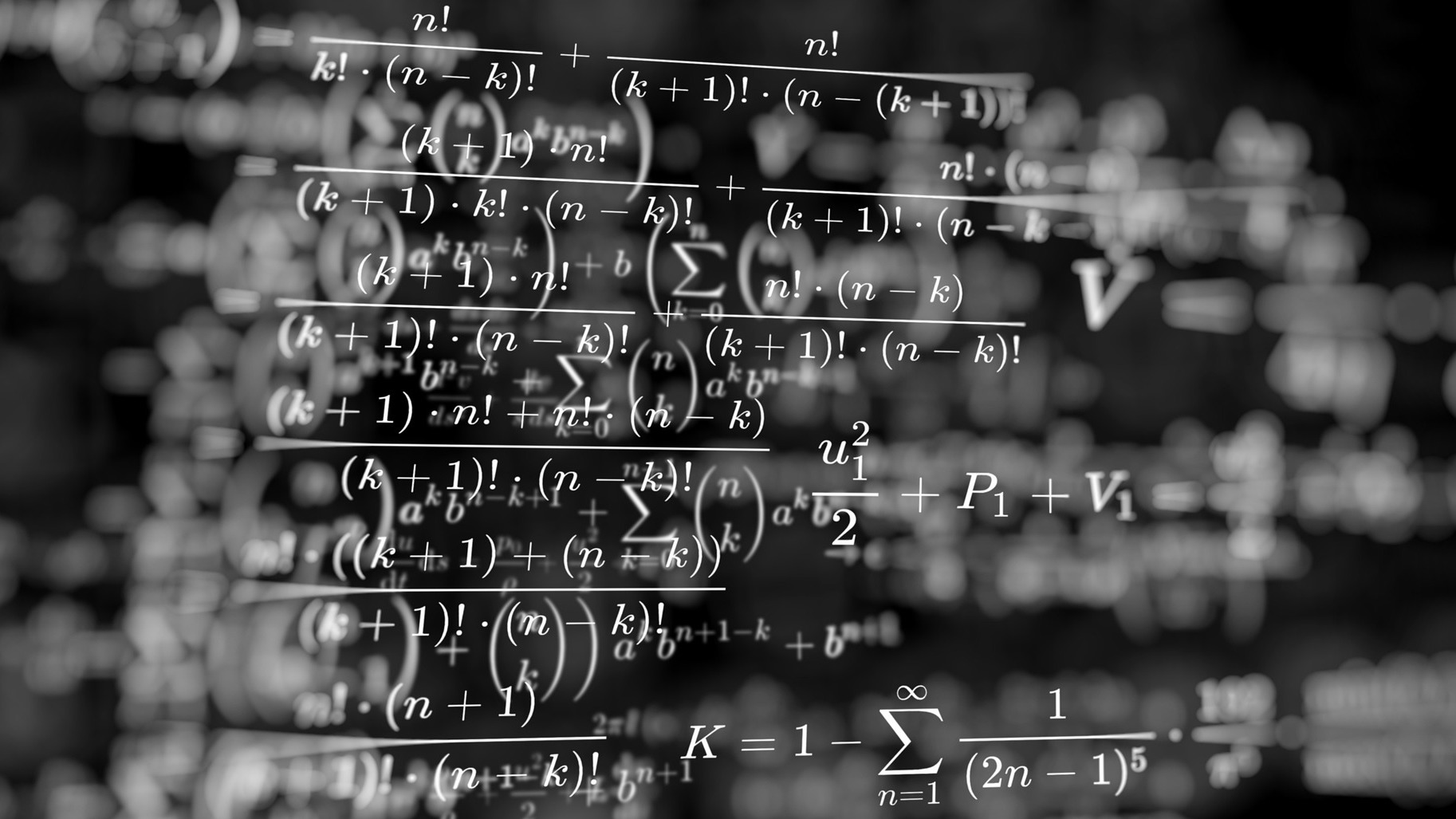How maths can help guide complex systems
Date:
Changed on 17/05/2023

Created in 2017, CAGE (for Control And GEometry) is a joint Inria Paris/Sorbonne University/CNRS team, hosted by the Jacques-Louis Lions Laboratory on the Jussieu campus. Overseen since its beginnings by senior Inria researcher Mario Sigalotti, the team is composed of six permanent researchers. Their work focuses on various aspects of control theory, a mathematical branch which explores the evolution of dynamical systems, in which certain parameters, known as ‘controls’, can be modulated over time.
Control theory thus lies at the heart of numerous scientific questions or practical problems, such as the calculation of a rocket flight path, the simulation of an energy supply network, strategic options to arrest the spread of an epidemic, or the optimisation of resources’, Mario Sigalotti explains. ‘Our team works on conceptual tools and general methods in control theory, which we apply to three main scientific themes: geometrical models for vision, the control of quantum mechanics systems and that of uncertain dynamic systems.
The theoretical tools explored by CAGE include ‘sub-Riemannian geometry’, a geometrical area which can be applied to numerous scientific fields, usually physics or biology, or techniques such as automation or robotics.
Geometry enables an abstract description of the world around us; allowing us, for example, to measure the size of objects, follow an aircraft flight path or build a civil engineering structure. The geometry we are all familiar with, with its three dimensions (height, width and depth), is known as ‘Euclidean’; it determines the right angles of walls and buildings, or the parallel tracks of railways.
‘Riemannian’ geometry is infinitely more complex and deals with the curved spaces of convoluted or folded surfaces, in which all notions of Euclidean geometry (e.g. angles and distances) take on a new mathematical meaning. Riemannian geometry is used, for instance, to calculate geodesics, i.e. the minimal-length paths between two points on a surface.
What about sub-Riemannian geometry? Emmanuel Trélat, professor of mathematics at Sorbonne University and CAGE researcher since its creation, explains the purpose of the team’s research: ‘We study the problems formulated in the Riemannian context and which also include a certain number of constraints. Imagine you are at the wheel of your car; you can only move it forwards or backwards, lateral movements are impossible (those are the constraints). To park your car, you have to execute a complex combination of movements, and cover a large distance to reach a configuration which is visually close to the original one (the shortest path between two points here is a complex curve and not a straight line): that’s the world of sub-Riemannian geometry!’
Biology and medicine feature among the fields of application for sub-Riemannian geometry. This is the speciality of Barbara Gris, doctor of mathematics and holder of the Emergence(s) grant attributed by the City of Paris. She joined CNRS and the CAGE team in 2019. She tells us:
My research consists in using various mathematical concepts, including sub-Riemannian geometry, to discover the properties of certain complex processes, for example the growth of organisms or the structure of data sets, originating from fields such as medical imaging.
Barbara Gris can thus model these complex systems, to predict their development or facilitate treatment, for instance. Through her theoretical work, the mathematician contributes to the development of digital tools aimed at facilitating tasks such as MRI data analysis.
Sub-Riemannian structures can be found in numerous cutting-edge scientific fields, in particular that of quantum physics innovations, which continue to come up against fundamental hurdles. ‘The manoeuvrability of some quantum systems is not easy to ensure, and their control determines quantum metrology performance, among other factors,’ says Mario Sigalotti. The decoherence of these systems is achieved extremely fast, so we look for ways to extend control theory tools to describe the actions which can be executed in very short time lapses.’
This research path the team has set out on is proving to be highly promising thanks to its applications in quantum computing, quantum cryptography or quantum detection (particularly nuclear magnetic resonance imaging, frequently used in the medical field). It also addresses other needs, such as those of the aeronautics, space and defence industry.
Emmanuel Trélat, who has been working for more than ten years on the development of the Ariane rocket guidance system, highlights the benefit of this research: ‘Developing real-time control systems, with the constraints of embedded computing, digital security and energy-saving requirements, raises complex theoretical questions. Our work contributes to solving some of the technical issues and is thus of interest to industrial players, with whom we are initiating long-term projects.’
For the successful execution of this high-level research, CAGE can also rely on the support of some ten doctoral and postdoctoral students. ‘The discussions with other scientists, more specifically with medical researchers or practitioners, contribute greatly to our work. Doctoral research is the ideal way to work with experts from other fields’, Barbara Gris believes.
Given the multitude of prospects, the team is already venturing into other areas of research, supported notably by INRIA via the exploratory action scheme. ‘We’d like to go further in optimal control areas, specifically for physics applications, to improve the control of magnetic confinement in a nuclear reactor, for instance, or the effectiveness of medical treatment’, Mario Sigalotti explains.
While they enjoy sharing their theoretical results with the mathematics community, the CAGE researchers also foster a keen interest in the potential applications of their work.
Like all mathematicians, theoretical research is a passion which drives my work. However, I also particularly enjoy working with engineers, who have to design objects meeting strict specification briefs, because those constraints are also a source of satisfaction’, Emmanuel Trélat admits. ‘It’s especially satisfying for me when a successful industrial application adds practical validation to our research. This is a precious moment which makes me feel useful to society.
Find out more: